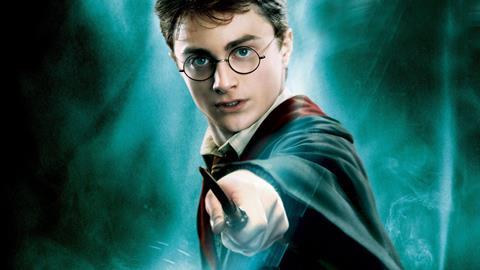New study reveals links between film and television productions and tourism through social media.

New insight into the links between film and television productions and tourism has been revealed at an international screen tourism conference today by Film London, the lead partner for major European project EuroScreen.
The study demonstrates how social media commentary generated by films and TV shows can help generate millions of pounds worth of free online advertising for the locations and destinations they feature on screen.
The research claimed that Richard Curtis romantic comedy Notting Hill generated the equivalent of £19.5m ($30.7m) in online ad spend for London, while the Harry Potter series netted £10.4m ($16.3m) and TV series Wallander yielded £17.9m ($28.2m) for Ystad in Sweden.
Screen tourism also resulted in other boosts. Game of Thrones, for example, generated £1m ($1.5m) for Malta despite the series being more closely affiliated with its ‘home’ in Northern Ireland, while productions with less international reach generated as much as £6.9m ($10.9m) worth of promotion to domestic audiences.
Adrian Wootton, CEO of Film London and British Film Commission, said: “This research shows that productions don’t just sell cinema tickets and box sets, they also sell the places where they’re made. Quite simply, this is free advertising, and emphasises the power of screen productions as a tourism driver.”
The research was commissioned by EuroScreen, an INTERREG IVC-funded initiative which seeks to capitalise on the major economic and cultural opportunities afforded by ‘screen tourism’; this being people visiting a country, city or location which they have seen in feature films or on television.
The research was conducted by social media intelligence agency Human Digital, who processed almost 35 million comments and interactions across sites including Twitter, Facebook, Reddit and Pinterest. Their research examined activity relating to four European locations – London (UK), Ystad (Sweden), Apulia (Italy) and Malta – along with a range of films and television shows linked to these places.
Their analysis found a clear correlation between place and screen, with the resulting ‘chatter’ (likes, mentions, retweets etc.) equivalent to paid-for advertising ranging from 10s of thousands to millions of pounds. It is believed to be the first time such methodology has been applied to the tourist industry.
The research was announced at the Seen on Screen: Capitalising on Screen Tourism conference in London today.
The figures below highlights the regions and productions analysed by Human Digital. The monetary value equates to the least value of the free ‘earned’ location exposure/conversation in advertising terms.
London
Harry Potter (film franchise, 2001-11) £10.4m (€13.3m)
Notting Hill (film, 1999) £19.5m (€24.9m)
Sherlock (TV series, 2010-present) £10.8m (€13.7m)
Ystad (Sweden)
Wallander £17.9m (€22.8m)
Kyuss mig (film, 2011) £32,100 (€40,900)
Maria Larssons eviga ögonblick (film, 2008) £205,000 (€260,800)
Apulia (Italy)
Braccialetti rossi (TV series, 2014) £6.9m (€8.8m)
Che bella giornata (film, 2011) £860,000 (€1.1m)
Mine vaganti (film, 2010) £1.3m (€1.7m)
Malta
Game of Thrones (TV series, 2011) £1m (€1.3m)
Gladiator (film, 2000) £860,000 (€1.1m)
Popeye (film, 1980) £9.6m (€12.2m)

























No comments yet